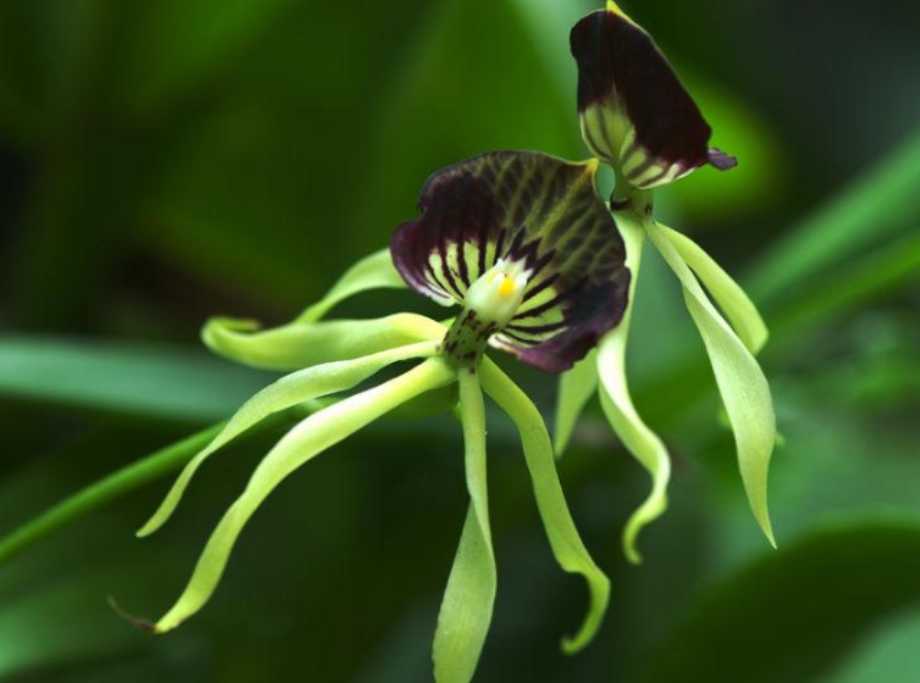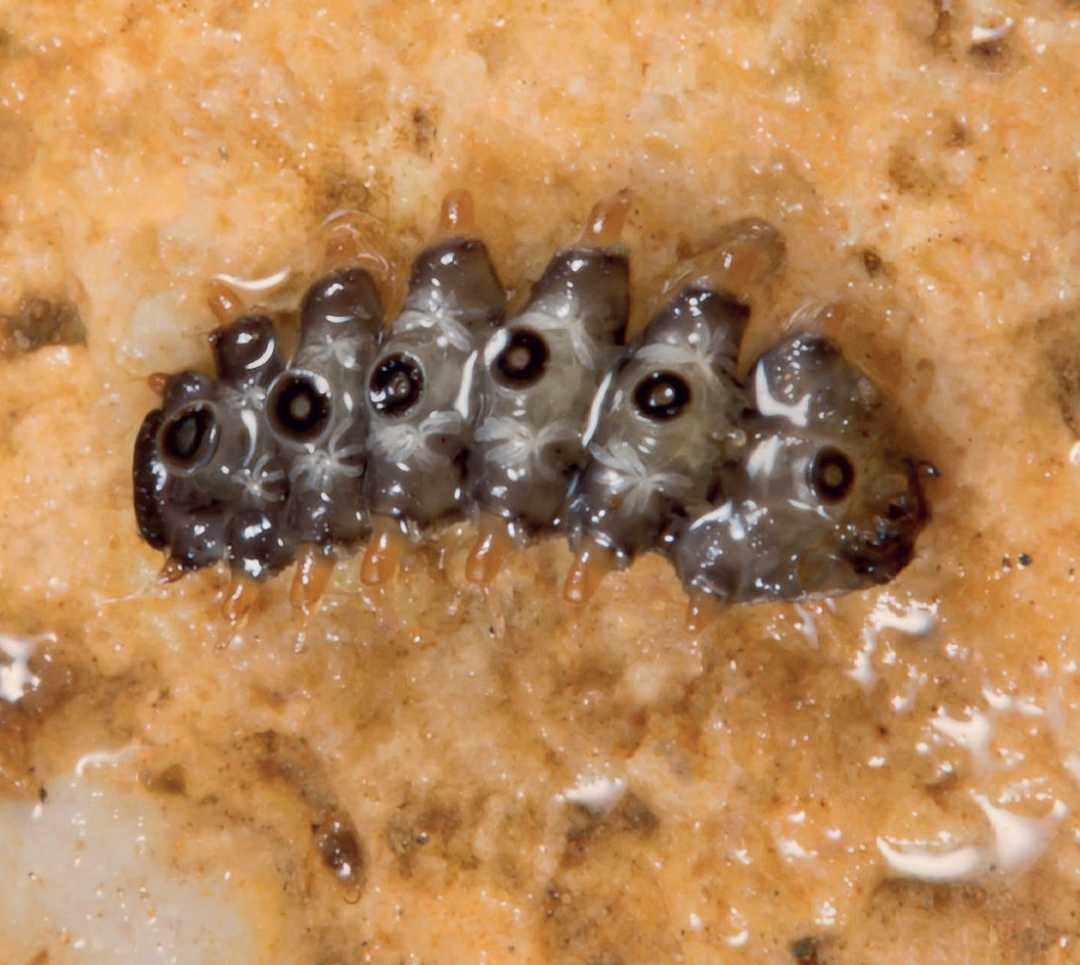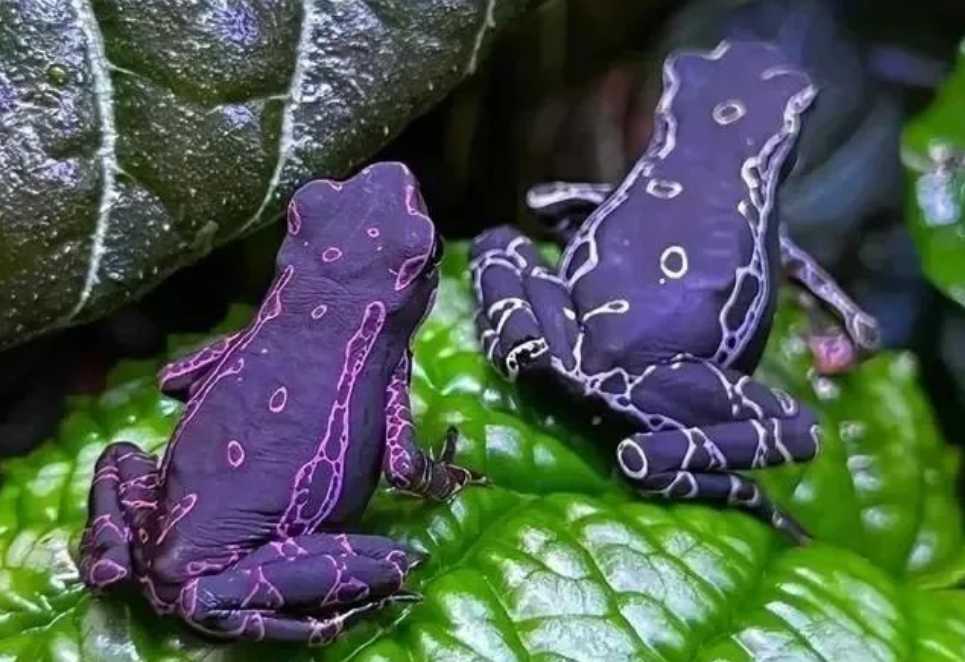Exquisite Octopus Orchid: A Marvel of the Orchid World
The Octopus Orchid (Prosthechea cochleata), a fascinating orchid species, is native to regions such as Central America, the West Indies, Colombia, Venezuela, and Florida in the United States1. This epiphytic orchid has earned its name due to its unique flower shape that resembles a small octopus from "One Piece," with its linear petals and sepals that are yellow-green in color, slightly twisted and hanging down naturally, looking like the tentacles of an octopus12. It is also known as the "Scallop Orchid" because its lip petal is just like a beautiful scallop shell12.
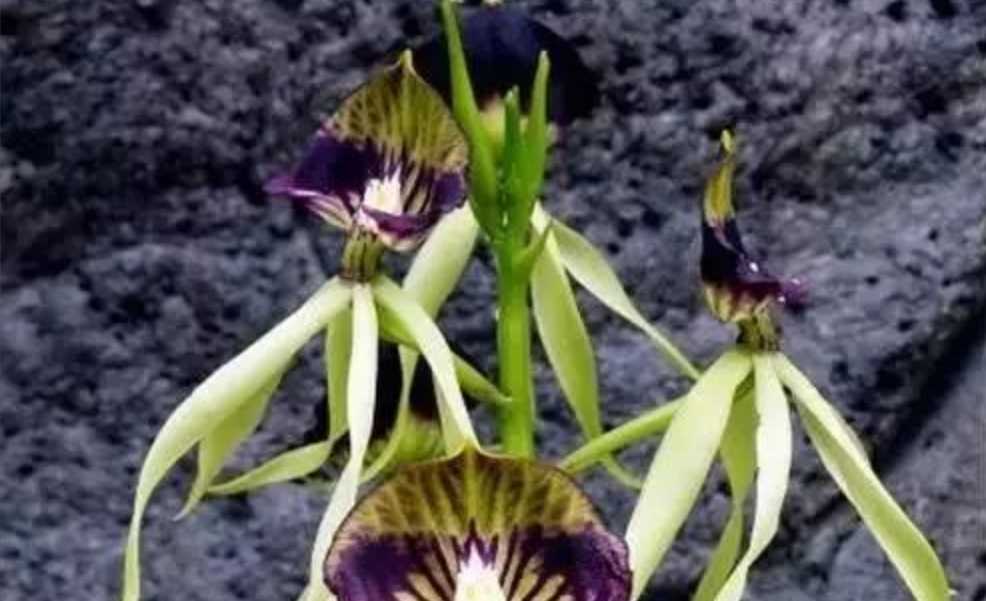
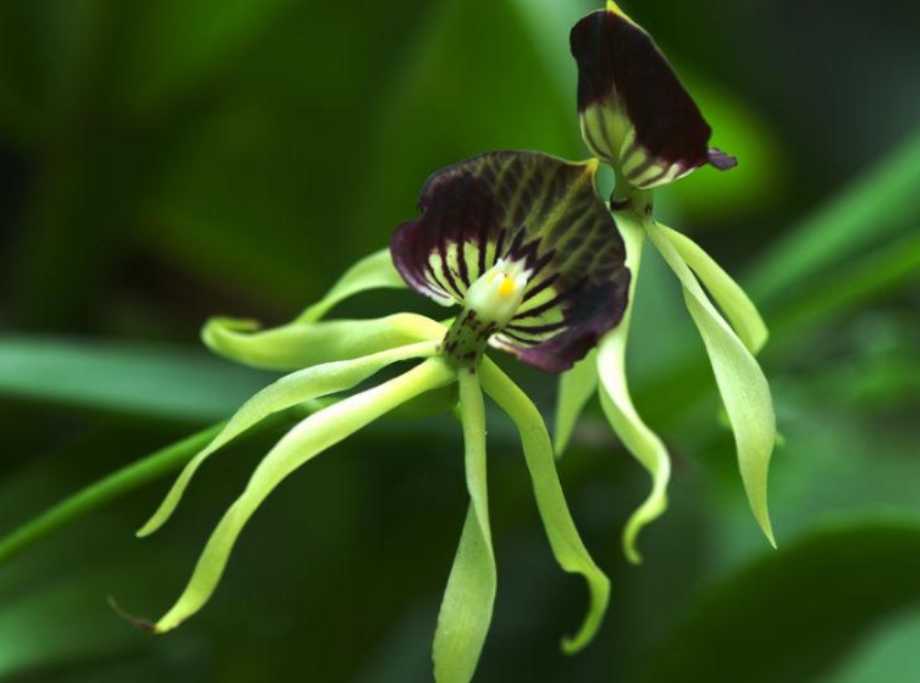
Source: Images from the Internet, if there is any infringement, please contact the removal of
The Octopus Orchid is a perennial epiphytic orchid with a plant height of 15-30 centimeters and a flat oval pseudobulb1. Its inflorescence is a raceme that emerges from the leaf axil of the pseudobulb, standing upright, with a flower stem length of 25-30 centimeters1. The flower has a diameter of 5-7 centimeters, and there are 10-15 scattered flowers that bloom successively from bottom to top1. It has a pleasant fragrance. The lip petal is located directly above, slightly curved inward, with the front part being yellow-green with dark purple-brown thick stripes, the two sides being dark purple, the base being white, and the ruffles being yellow1. The column is yellow-green with purple patches and is not completely fused with the lip petal1. The petals and sepals are yellow-green, without spots, linear, nearly equal, all reflexed below the lip petal, naturally drooping, and slightly twisted1. The blooming period is from summer to autumn, and the flowering period of a single flower can reach 25-30 days1.
This orchid not only has high ornamental value with its unique flower posture but is also relatively easy to grow and bloom, making it suitable for indoor display in households1. In addition, the Octopus Orchid plays an important role in the ecosystem, attracting various pollinators. With its charm and significance, it has become a beloved plant among orchid enthusiasts and collectors worldwide, and efforts are being made to protect and cultivate this precious orchid species to ensure its continued prosperity.
-------- END --------
